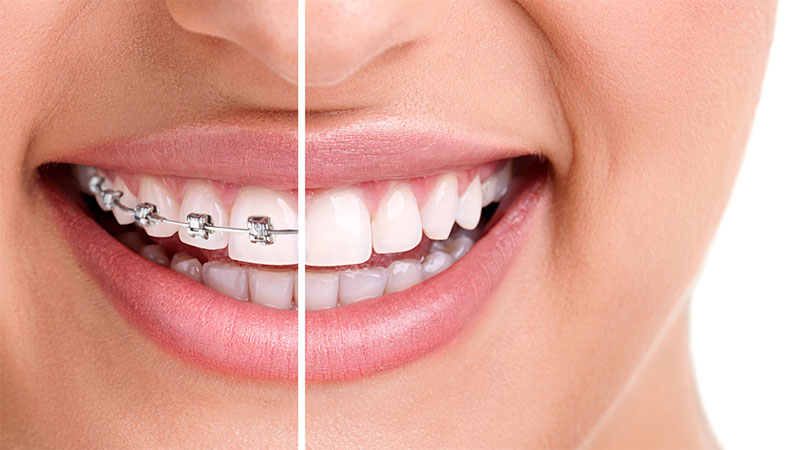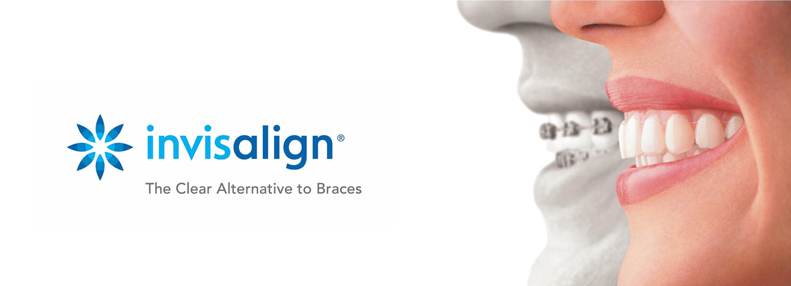Orthodontics is…
According to the Spanish Society of Orthodontics and Dentofacial Orthopedics (SEDO), orthodontics is a dental specialty that studies, prevents and corrects changes in development, the shape of the dental arches and the position of the jaws, in order to restore the morphological balance and functional of the mouth and face, also improving facial aesthetics.
Who are the candidates for orthodontics?
There are two different large groups of patients that require orthodontic treatment:
- The first group is formed by adults who need teeth mobilization to facilitate or make possible another dental treatment, such as the placement of an implant in a place where a molar has been lost and nearby pieces have suffered a malposition by the loss of the piece to be replaced. Another very common example is of patients who perform orthodode to perform their periodontal care.
- The second and most important group that needs orthodontic treatment are children with space problems in the mixed dentition (children who are in the process of dental replacement of milk teeth to permanent teeth).
- Currently, with the new applications in “invisible” orthodontics, such as Lingual orthodontics or the revolutionary Invisalign, there is a third group of patients formed by adults who perform orthodontics in order to achieve a more aesthetic and healthy mouth smile.
What is needed for the orthodontic study?
The orthodontic diagnosis requires at least the following data, all the necessary tests are performed at Lázaro clinic:
- Medical-dental history
- Oral Examination
- X-rays of all the mouth (Orthopantomography) and of the facial profile (Teleradiography)
- Dental molds
- Mouth photographs and silhouette of the profile
Type of Treatment
Depending on the age of the patient, the type of problem to be treated and its severity, we can differentiate 2 fundamental types of treatments:
-
Interceptive treatment:
As the name suggests try to intercept or avoid major disorders, they are usually performed during temporary dentition (“milk”) or mixed dentition (transition period between “milk” dentition and final dentition).
Within this group we find functional appliances, which are made up of removable appliances that act on the muscles and bones and secondarily on the teeth.
-
Corrective treatment:
It treats the malocclusions already consolidated that have not been treated previously or that have not been solved with a previous interceptive treatment.
Within this group we find the devices:
1.Removables: Indicated for specific cases, usually of low severity.
2.Fixed (brackets) : They are small attachments placed on the dental surface in a visible way, known as brackets, can be found in different materials, the most popular are metal brackets, usually made of steel. On the other hand, we find aesthetic braces made of ceramic materials (such as zirconium) or sapphire brackets (of better quality and more transparent).
Within this group we find the perhaps less known lingual brackets, considered a form of invisible orthodontics because they are placed on the internal surface of the teeth.
Invisalign® consists in…
Invisalign® is a revolutionary technique due to its great results along with its great comfort, which allows us to carry out everyday life with total normality while doing it without realizing the orthodontic treatment gradually.
It consists of changing a series of removable and invisible aligners (aligners) every 15 days under the supervision of the orthodontist, who previously will have made a virtual planning with a software and together with the patient will have seen the desired final result in 3D.
It’s only necessary…
It will only be necessary to take some molds to the patient and after the digitization of the same the professional and the patient will be able to visualize virtually the movements that will take place with all the aligners, being possible in what state the occlusion will remain once the treatment is finished.
Once this virtual treatment plan has been approved, Invisalign® will manufacture the aligners from the USA, which will be ready in the clinic for the start of treatment within two weeks.
Easy and comfortable
The aligners will only be extracted for eating and for their hygiene, being removable in a simple and easy way.



